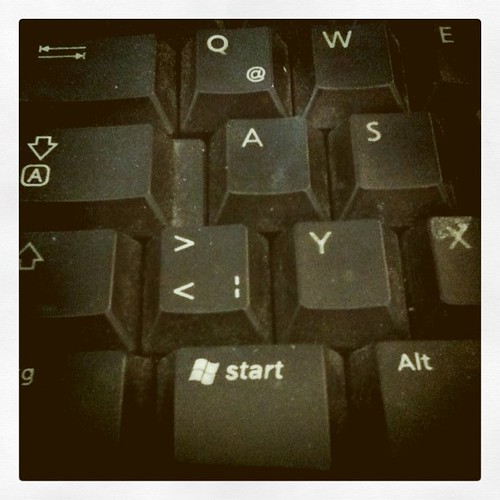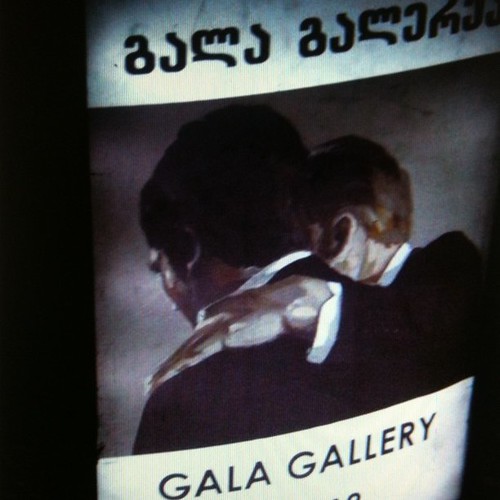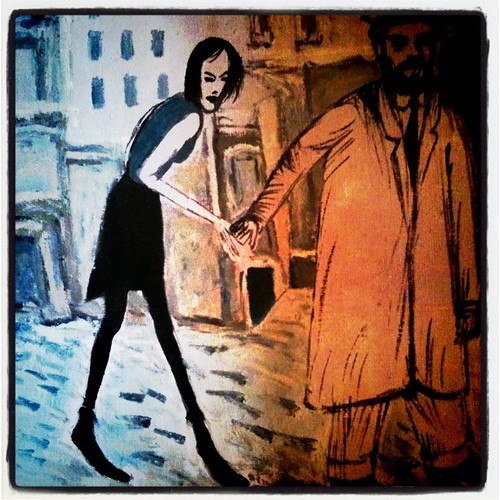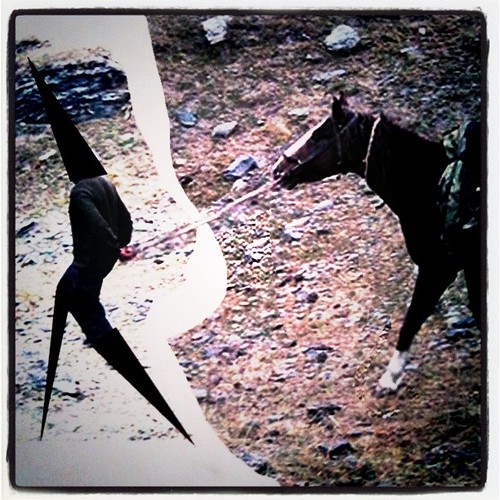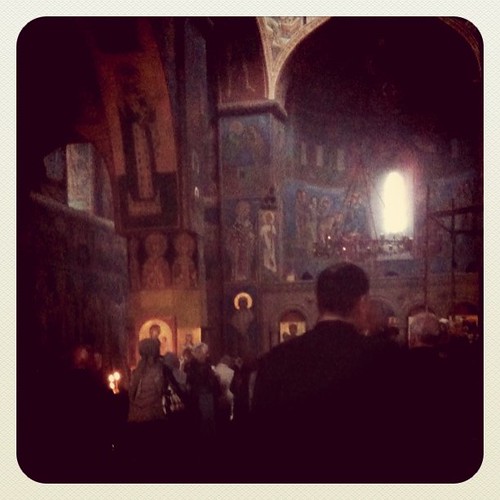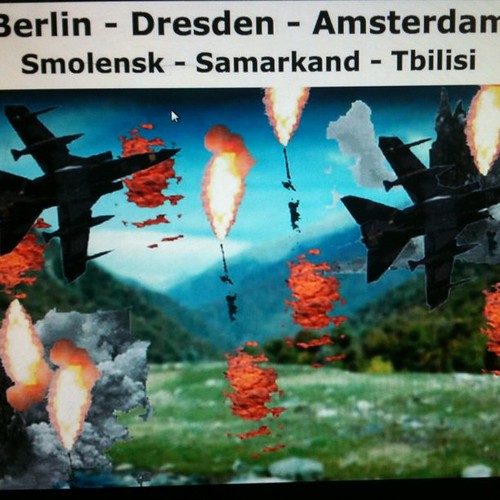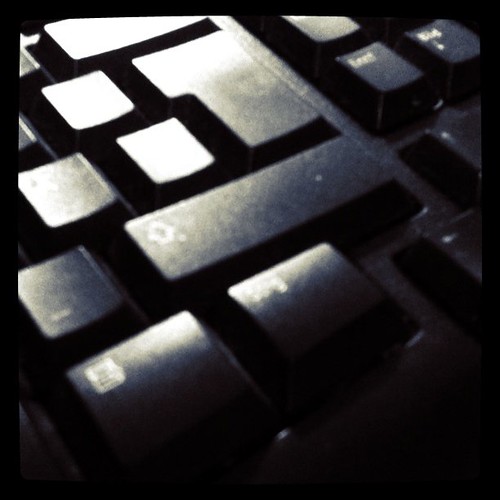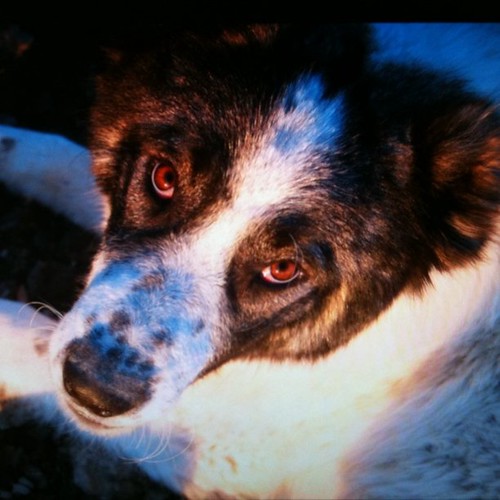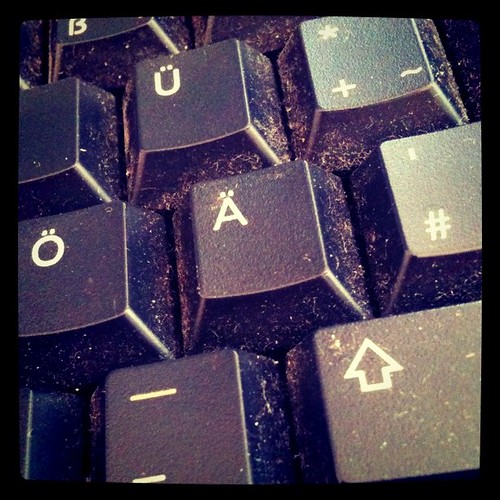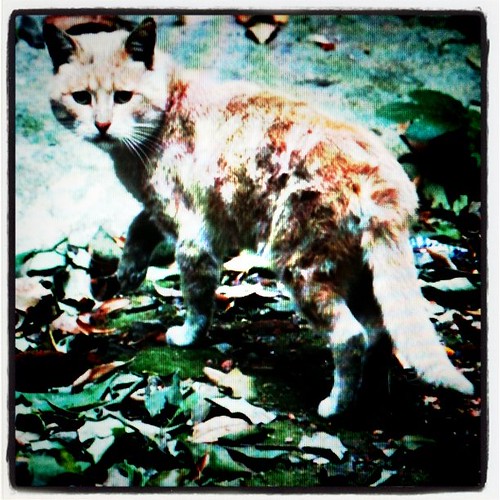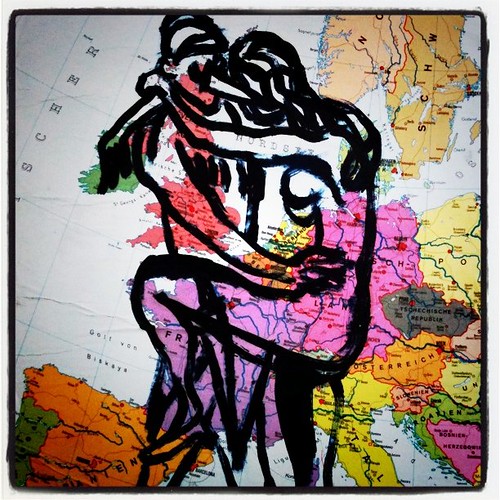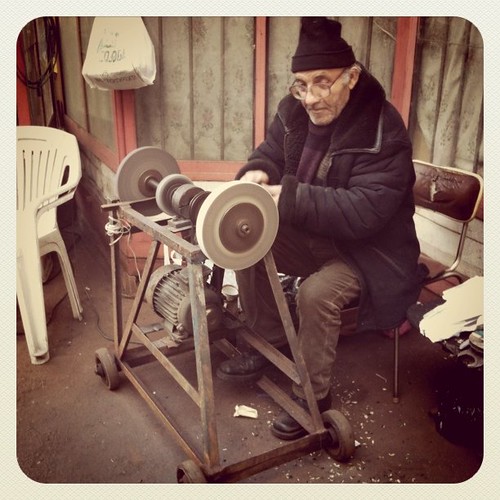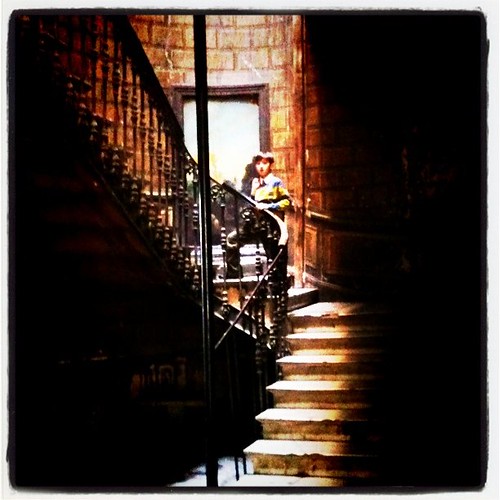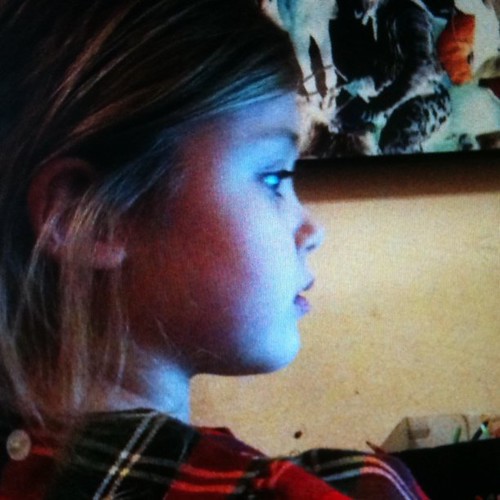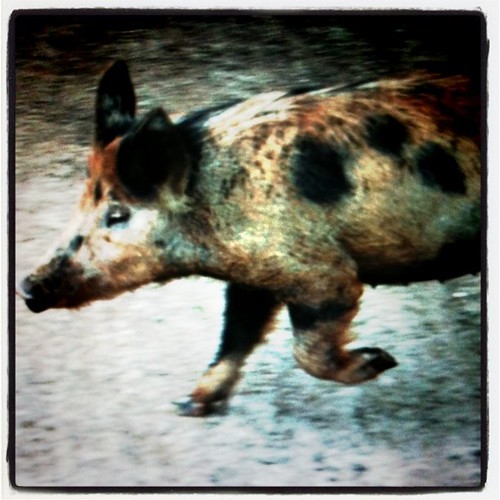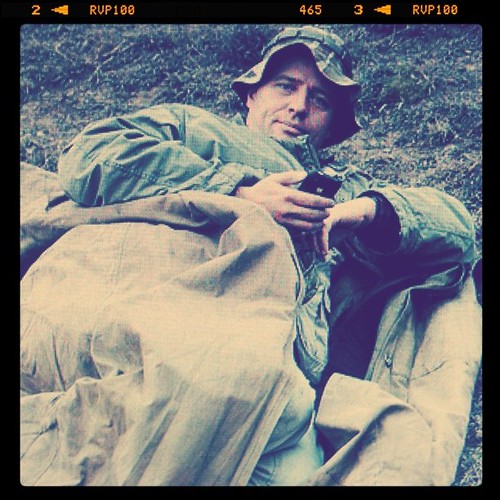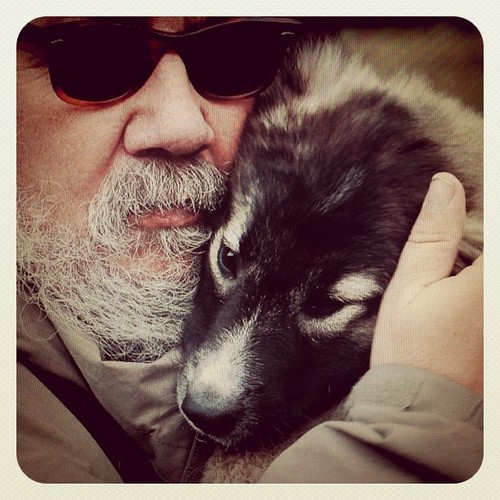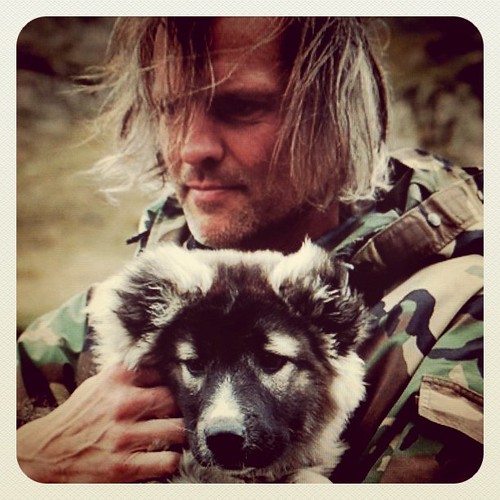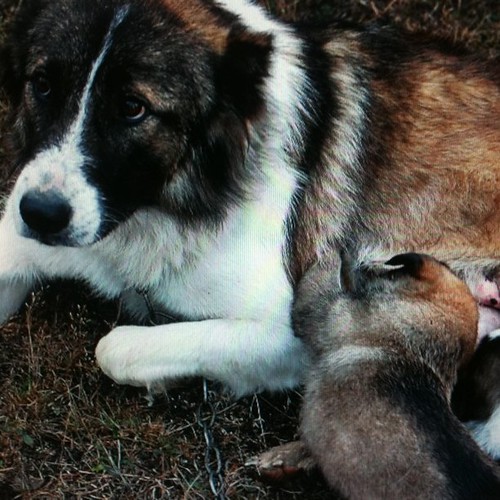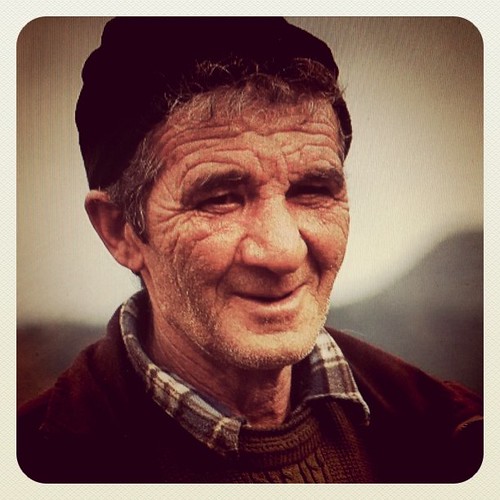

JOHN IM ATELIER / DRESDEN / DEUTSCHLAND 2010
The best Blog on Art from the Caucasus, contributed and read worldwide + der Schützenpanzer unter den Kunstblogs + + Visuals Virtual Reality Caucasus Style + Net + Tbilisi and beyond





There are these moments in my life as a New York art-goer, when an exhibition so deeply involves me that even if it’s my first encounter with those pieces of art, it is impossible to avoid the feeling that I have lived my whole life with them, or perhaps owned them.
The Anselm Kiefer exhibition “Next Year in Jerusalem” gave me exactly this feeling. From the moment I stepped over the threshold, opening the tall doors and into the vast space of the Gagosian Gallery in Chelsea, this feeling of involvement did not leave me until I left an hour later, closed the door behind me, and walked halfway down 24th street.
Kiefer’s art is time frozen in monumental size, tired of human history, with countless wars, victims, heroes, evildoers, thinkers, cultures and religions. The monumental size of these works can beguile us into thinking of solidity; but in front of us is very brittle ephemera, locked in enormous glass vitrines, and if the glass was not preserving the works, then it feels like an ordinary touch would be enough to turn the items they contain to ashes, dust, and remains.
I started to imagine this when moving through this exhibition at the curious pace it dictates: everyone looking at it has the same rhythm of walking, slowly circling, hurrying to the next case, slowing down. In the world created by Kiefer there is no air and therefore no breathing, no veins through which run blood, no pain and no death itself – perhaps all these attributes of our lives existed in this world at some point in the past, and now ash has covered this universe with an opaque, grey glaze.
At the same time this is not a world of the dead, opened for us through archeology. It is a world of warning. The vitrines advertise anti-utopia. Using facts from history, Kiefer offers us a possible scenario. The artist seems to say that something happened in the past, and it is entirely possible it could happen in the future.
Because of Kiefer’s references to the events of the Second World War and European history in the 20th century I started thinking about my father, who fought five years in the Soviet army. I started to imagine his face as I know it from old photographs, as a 26-year old captain in the Soviet Army, head of an army hospital, ending the Second World War in Vienna. History tested my father at an early age. This boy, fourteen years younger than me, signed a photograph of himself in his uniform with one terrifying word: Stalingrad.
My introduction to Kiefer began with first issue of the Russian version of “Flash Art” magazine, printed in 1989. Wearing my army sergeant’s uniform, I bought the magazine in a tiny store outside the Pushkin Museum in Moscow in a moment of exuberant happiness, as I had just been demobilized from the army and the road home to Georgia from the already non-existent Czechoslovakia of my conscription lay through Moscow. I was twenty and the future looked beautiful, and I didn’t waste the chance to go into my favorite museum and luckily I also didn’t waste the opportunity to buy that magazine.
… goldeness Haar Margarite
dein aschenes Haar Sulamith …
Since then this phrase has been a part of my life, and thanks to that magazine, I found both Kiefer and the poetry of Paul Celan. Much is already written about the links between Kiefer and Celan – Celan’s verses in some sense complement Kiefer’s works, and strangely it is not art illustrating poetry, but rather poetry complementing painting. “The urns of stillness are empty” – a phrase with which Celan begins the poem “Darkness”, and Kiefer in “Next Year in Jerusalem” confirms it, and possibly enlarges it – the urns of stillness are empty, but they stand on cracked earth, amid remains of grey ash.
In 1944 the young Celan returned home from a forced labor camp to his native Czernowitz in the eastern part of Austro-Hungaria, now Ukraine, having lost his parents and life like millions of European Jews in concentration camps. His friends helped him find work in a Soviet military hospital. The hospital lay on the road the conquering Soviet front took to Vienna, a part of which was the hospital commanded by my father. And what if? And what if the young Celan wrote his early poems in my father’s hospital?
I know that this isn’t how it was. Celan’s biographer tells us he worked in a mental hospital… although my father absolutely could have spoken with colleagues from other hospitals, and they could have somewhere crossed paths. The thought piques my imagination. Imagine if in some dark corridor of a Soviet military hospital, at the end of the war, young Captain Pochkhua could walk by a young almost unnoticeable orderly, giving him a salute…
All of Kiefer’s art invites us to relive history, and has invited us to this activity for many years. As long as humanity will oppose him, choosing more and more times the pink pulp of kitsch and existential emptiness, so will some of us still ask the question: What if?
Lado Pochkhua
3 December 2010, New York
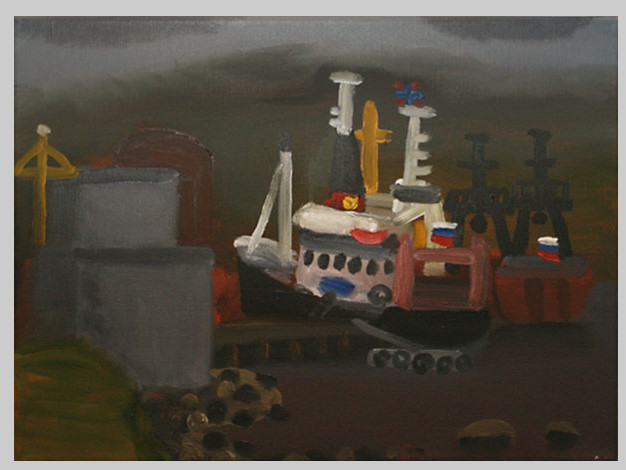 |
| From Paintings by Alexander Florenskij |
 |
| From Paintings by Alexander Florenskij |
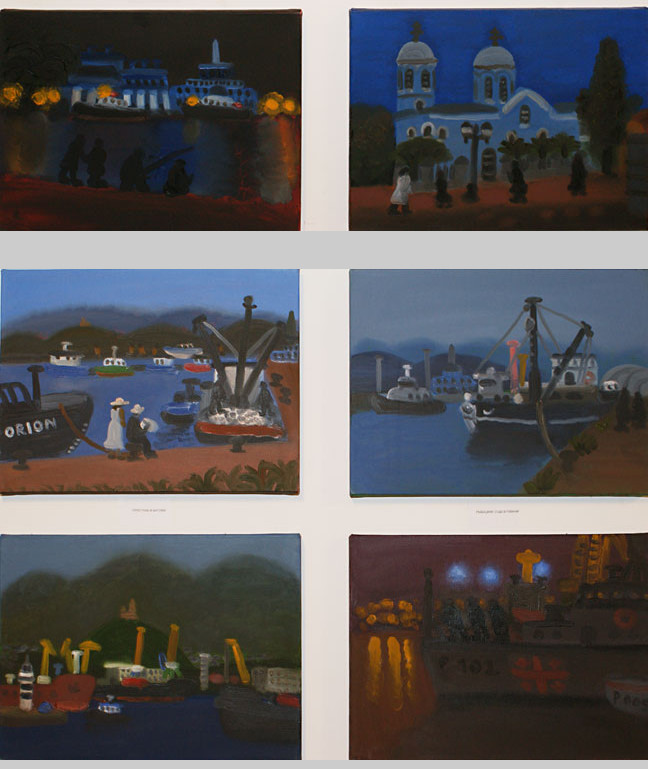 |
| From Paintings by Alexander Florenskij |
 |
| From Paintings by Alexander Florenskij |
 |
| From Paintings by Alexander Florenskij |
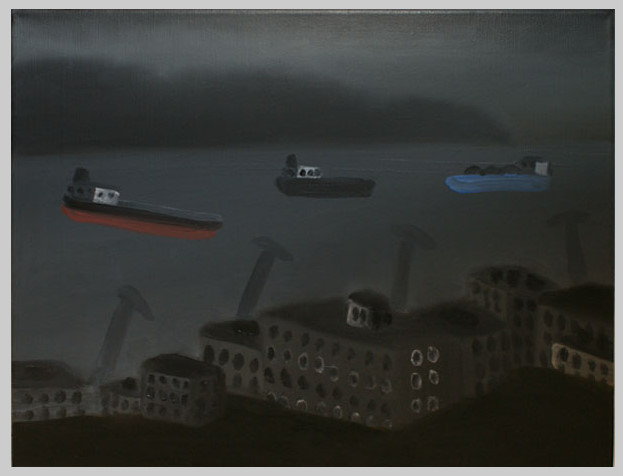 |
| From Paintings by Alexander Florenskij |
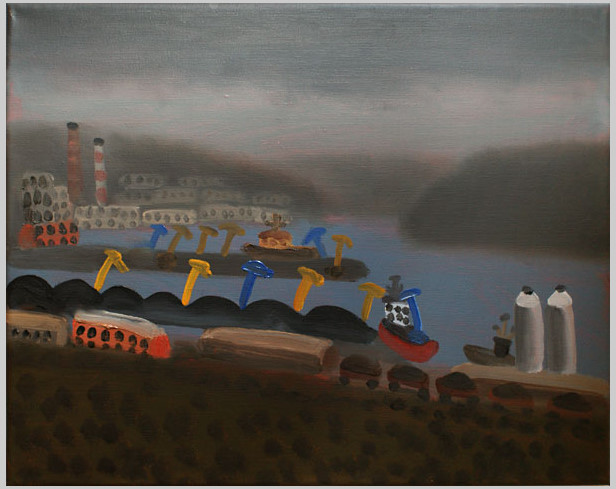 |
| From Paintings by Alexander Florenskij |
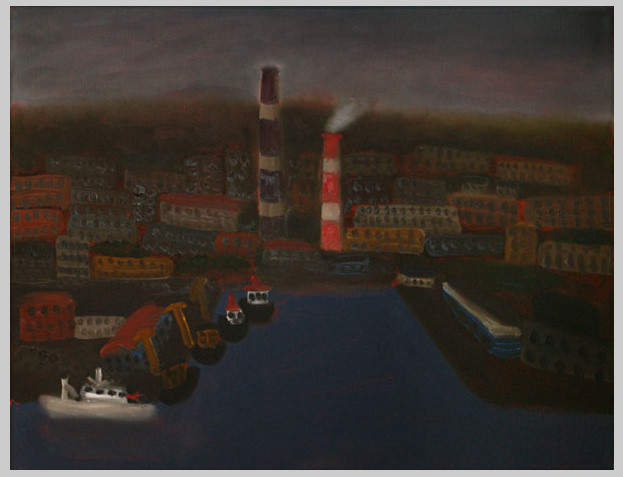 |
| From Paintings by Alexander Florenskij |
 |
| From Paintings by Alexander Florenskij |
 |
| From Paintings by Alexander Florenskij |
 |
| From Paintings by Alexander Florenskij |
 |
| From Paintings by Alexander Florenskij |
 |
| From Paintings by Alexander Florenskij |
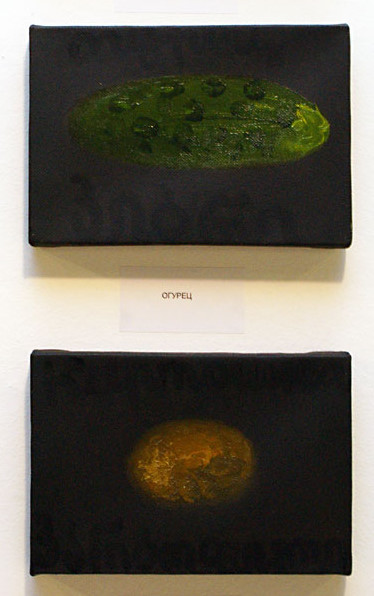 |
| From Paintings by Alexander Florenskij |
 |
| From Paintings by Alexander Florenskij |
 |
| From Paintings by Alexander Florenskij |
